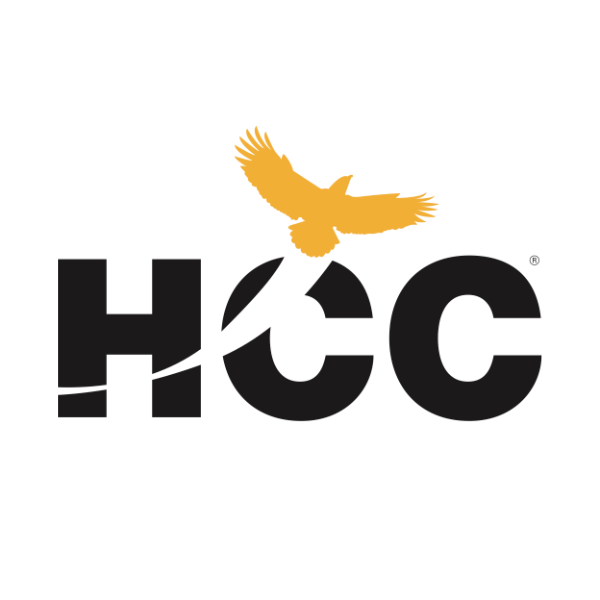As part of an effort to bring more information about the regulatory and legal environment facing American manufacturers, NFPA is monitoring the newsfeed of the National Association of Manufacturers (NAM) and will be bringing important updates like this to the attention of NFPA members.
The federal regulatory burden is now costing small manufacturers $50,000 per employee per year, according to the topline findings of a forthcoming National Association of Manufacturers study on the macroeconomic impact of the onslaught of federal regulations. The total cost of federal regulations, estimated at more than $3 trillion dollars, outpaced the economic output of the entire manufacturing sector.
“The unbalanced federal regulations make it challenging to grow manufacturing in America by siphoning resources away from job creation and our communities,” said NAM President and CEO Jay Timmons. “The burden continues to grow year after year, undermining the bipartisan achievements from President Biden and Congress that have prioritized manufacturing—including the Bipartisan Infrastructure Law and the CHIPS and Science Act. It is chilling investment, curtailing our ability to hire new workers and suppressing wage growth, especially for small and medium-sized manufacturers. It is time for the Biden administration to take action to reverse course.”
Additional Key Facts:
- The total cost of federal regulations in 2022 is an estimated $3.079 trillion (in 2023 dollars), an amount equal to 12% of U.S. GDP and larger than the manufacturing sector’s entire economic output ($2.91 trillion). The total annual cost of complying with federal regulations has risen by $465 billion since 2012, after adjusting for inflation.
- The annual cost burden for an average U.S. firm is $277,000, the equivalent of 19% of the average firm’s payroll expenses. A small manufacturer pays a burden of $50,100 per employee, meaning that a small firm with 20 employees bears around $1 million in annual compliance costs.
- For the manufacturing sector, the cost of federal regulations is roughly $350 billion, which equals to 12% of the sector’s value added to GDP. This is 26% higher than the inflation-adjusted cost of $277 billion borne by manufacturers in 2012.
- Surveyed manufacturers indicate that they could enhance their competitiveness if the costs of federal regulations were reduced; they would reallocate current compliance funds toward employee compensation and hiring, investment, research and development, sales and marketing, enhancing price competitiveness and improving return on investment.
- The regulatory burden on the manufacturing sector is larger than the economies of 29 American states.
To view the executive summary of the forthcoming study, click here.
Background:
The NAM and members of the Manufacturers for Sensible Regulations coalition have been leading voices on the negative impact of unbalanced regulations on manufacturers. According to the NAM’s Q2 2023 Manufacturers’ Outlook Survey, more than 63% of manufacturers report spending more than 2,000 hours per year complying with federal regulations, while more than 17% of manufacturers report spending more than 10,000 hours annually.
The NAM’s Q3 2023 Manufacturers’ Outlook Survey found that 69.1% of small manufacturers, and 63.2% of all respondents, would hire more workers or increase compensation if the regulatory burden decreased. Additionally, more than 70% of manufacturers would purchase more capital equipment if the regulatory burden on manufacturers decreased, with 48.6% increasing compensation, 48.6% hiring more workers, 42.5% expanding their U.S. facilities and 38.4% investing in research.
About the Study:
The NAM commissioned this analysis by economists Nicole V. Crain* and W. Mark Crain, who continued a three-decade effort to analyze the total cost of federal regulations, and how the burden is distributed across sectors and firm sizes. Two approaches are employed. The first is a survey of NAM members, conducted from July 20 to Sept. 1, 2023, to collect information about operational expenses dedicated to regulatory compliance, extrapolating these findings to the sector. The second approach derives estimates based on an aggregation of federal agency cost estimates, combined with regression analysis that measures the impact on overall economic output. The cost allocations by sector and firm size rely on data from the Bureau of Economic Analysis, the Bureau of Labor Statistics, the Census Bureau and the Internal Revenue Service.
*The views expressed in this study are those of the authors and do not reflect the official policy or position of the National Defense University, the Department of Defense or the U.S. government.
The NAM, members of the NAM’s Council of Manufacturing Associations and Conference of State Manufacturers Associations recently launched Manufacturers for Sensible Regulations, a coalition addressing the impact of the current regulatory onslaught coming from federal agencies. To learn more, and get involved, go here.
Like this post? Share it!
Recent Posts
Fall 2024 Fluid Power Recruitment Event with NIU
RSVP for our Fall 2024 Fluid Power Recruitment Event with Northern Illinois University (NIU). NIU is one of seven universities recognized as a Power Partner, teaching fluid power competencies and engaging in all NFPA educational programs. At this event, your company will have the opportunity to connect directly with NIU engineering students. Engaging in meaningful conversations,…
Now Announcing: Cuyahoga Community College as a Fast Track Hub in Ohio
NFPA’s Fast Track to Fluid Power is a workforce development pathway that partners local technical colleges with fluid power industry members and high school teachers. These networks create awareness and interest in fluid power and train students along a path that leads to careers in fluid power at NFPA member companies. We are pleased to…
Now Announcing: Houston Community College as a Fast Track Hub in Texas
NFPA’s Fast Track to Fluid Power is a workforce development pathway that partners local technical colleges with fluid power industry members and high school teachers. These networks create awareness and interest in fluid power and train students along a path that leads to careers in fluid power at NFPA member companies. We are pleased to…



